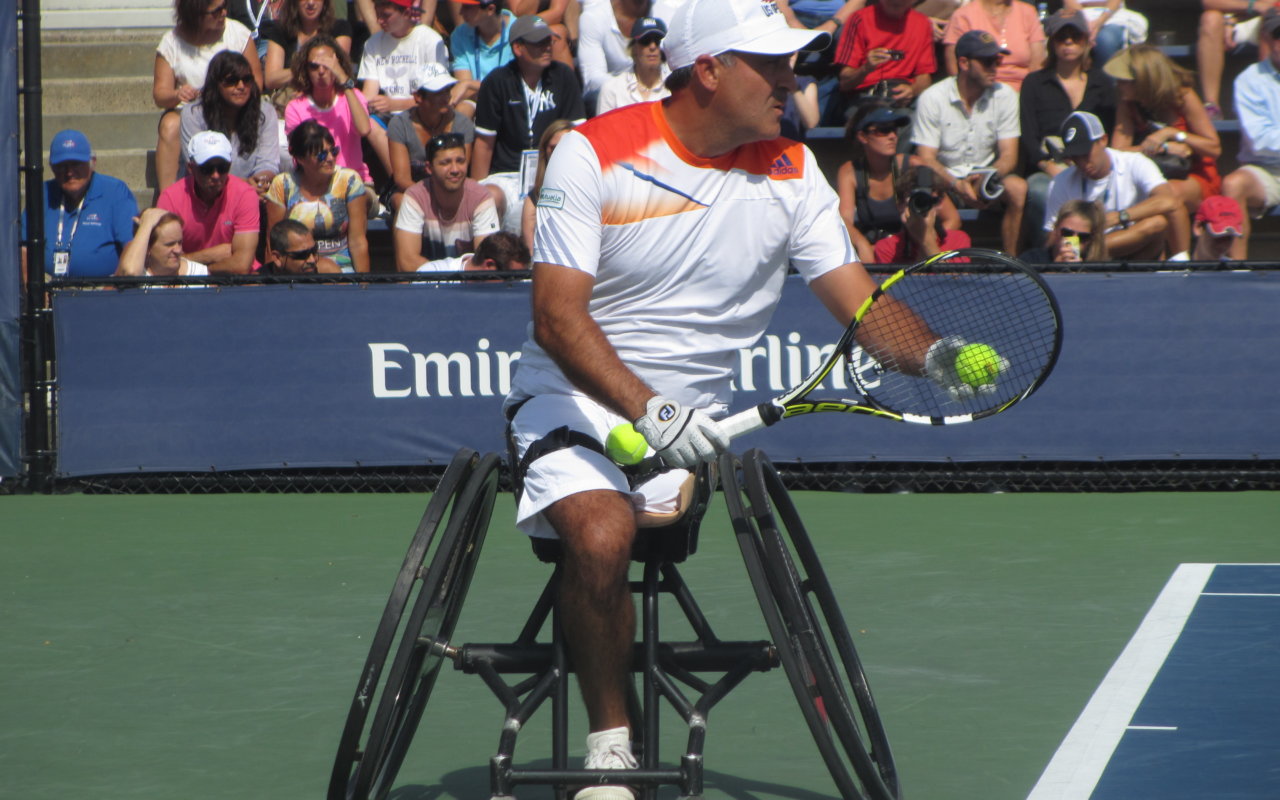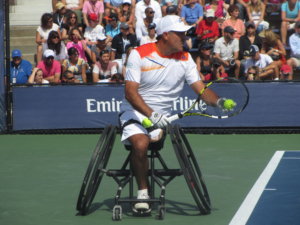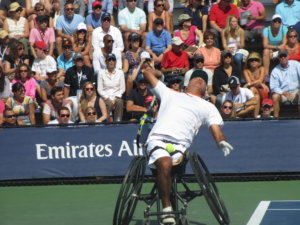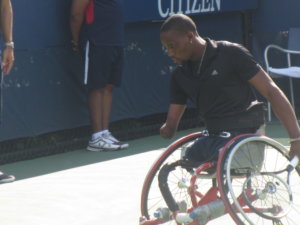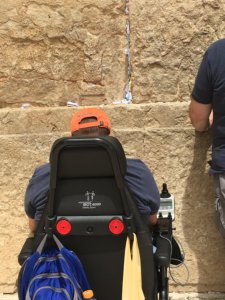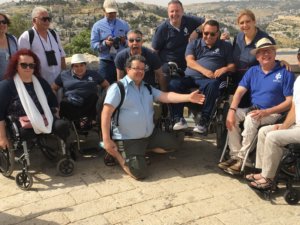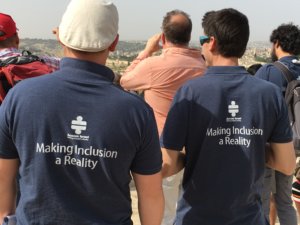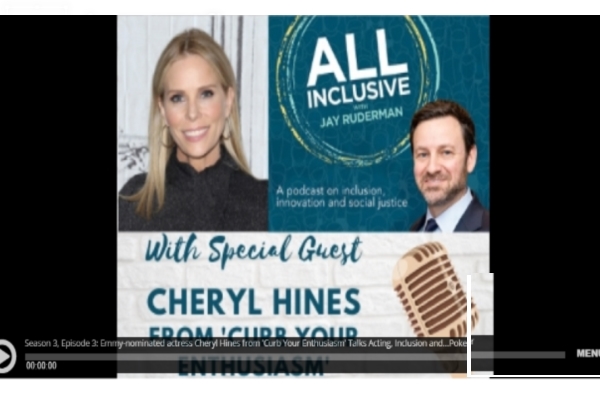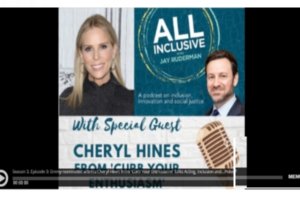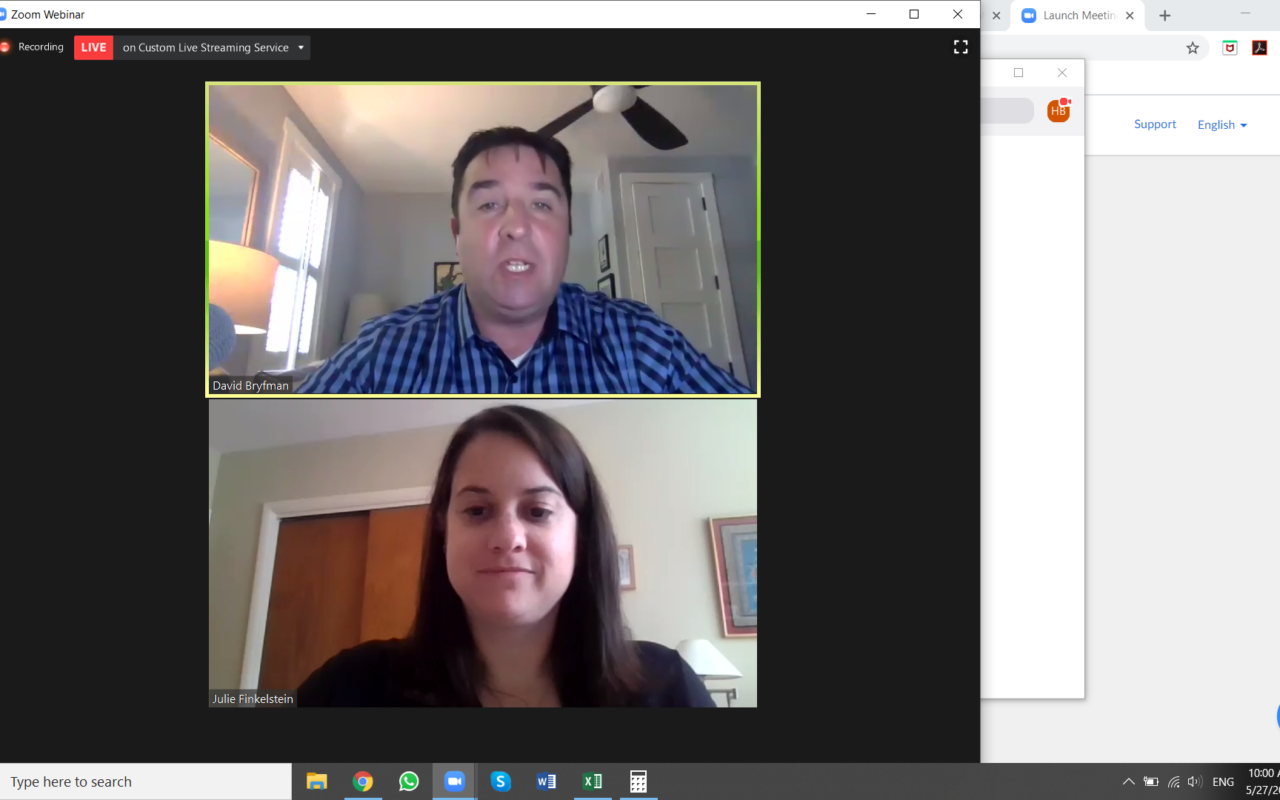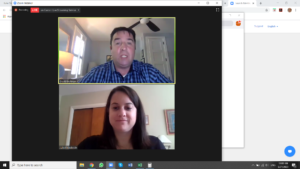I used to check the ESPN App several times a day—just to get an overview of what is happening in the baseball, football, hockey, and basketball worlds. For tennis, I regularly checked both the APT/WTA Live App, and Resultina, to find out pro scores in real time. Resultina even allows tracking of a particular player, from top ten to known to all but diehards. All of that checking has changed in the past few months—due to Covid-19 and the suspension of nearly all sporting events. There is simply very little of importance happening in the sports world these days.
Yesterday, Sunday, a day which would have been packed in pre-Covid-19 days with major sports plus golf, featured the following ESPN stories:
“MLB is staring down a disaster that could last beyond 2020”
“Bundesliga players support Floyd following goals”
“Spurs’ Walker helps city clean up after protests”
The other stories listed in the ESPN were more of the same. The only actual sports “score” was of the NASCAR Supermarket Heroes 500 from Bristol (TN) Motor Speedway (in progress, with Elliot ahead of Blaney). The ATP/WTA app didn’t list a single match happening any time soon. Resultina mentioned a match from last Monday May 25, the CTS President’s Trophy Prague, Czech Republic, where Kvitova d. Muchova, 6-3, 6-3. My own tennis partner swears he still watches tennis regularly on the Tennis Channel, with umpires wearing masks and players literally getting their own balls!
In short, very little positive to report in the sports world.
For that reason, I was delighted to receive the recent (May 28th) ITF (International Tennis Federation) Newsletter, featuring interviews with “stars from across the world of wheelchair tennis.” This month’s UNIQLO interview looks at the positive impact that the BNP Paribas World Team Cup has had on the sport of wheelchair tennis.
I was lucky enough to discover wheelchair tennis at the 2011 US Open—where I discovered that one of the top players at the time was Israel’s Noam Gershony (here is my Jerusalem Post article: https://howardblas.com/2011/09/05/gershony-rolls-closer-to-paralympics-with-us-open-win/). I have been following the sport ever since. Here is another article I wrote in 2013: https://howardblas.com/2013/09/17/take-a-seat-courtside-at-the-u-s-open-wheelchair-tennis-competition/.
Wheelchair tennis players are extraordinary athletes and competitors. Rules for the sport are essentially the same as for more traditional singles or doubles. Perhaps the main difference other than the use of specialized chairs is the permissibility of two bounces—though many players chase down the ball on once bounce. Another big difference between wheelchair tennis and any other sport is that the sport boasts the longest winning streak in by far—held by Esther Vergeer—she ended her illustrious career in 2013 with a winning streak of 470 matches!
Check out the sport when it is back in action. One day soon, we will get to see singles and doubles, and also team tennis. Since it started back in 1985, the World Team Cup has given wheelchair tennis players an opportunity to show off national pride by representing their countries.
